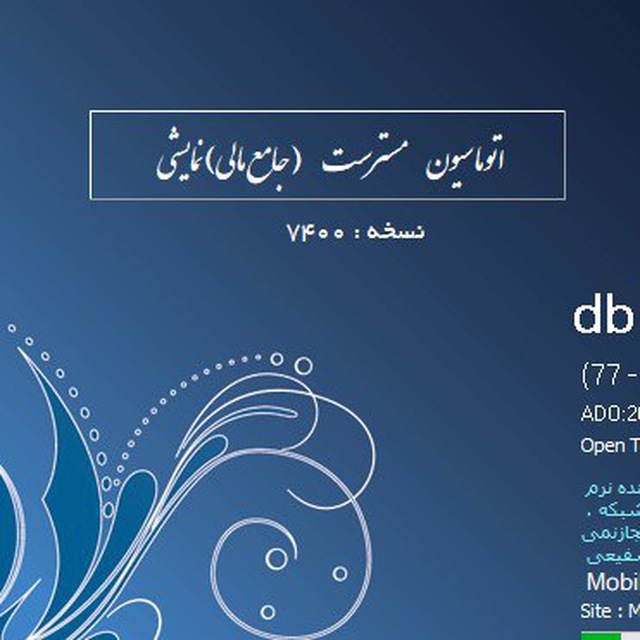According to the Tax Affairs Organization, accounting software installed on store systems should have the following features:
1. Covering the cases referred to in Article 2 and Article 3 of the Executive Regulations of Article 71 of the Trade Union Law.
2. The software must be suitable for the job and the needs of the business owners and must meet the real needs of Modi in different ways.
3. The possibility of registering the purchase and sale of goods, warehousing (inventory of goods) and accounting to register the expenses of business owners.
4. Have a reliable database so that its information does not suffer in the event of problems such as power outages, etc.
5. The ability to communicate with software interfaces provided by the country’s tax affairs organization and the ability to create electronic files required by the organization.
6. The possibility of preparing output based on the standard provided by the Tax Affairs Organization, including the quarterly sales and purchase report, value added tax declaration, etc.
7. The ability to automatically calculate value added tax and duties according to the type of goods and services and include them in the sales invoice.
8. It is necessary to use the goods and services code (Iran Code) in the billing form and sales system.
9. The ability to customize the software for different occupations based on the classification of occupations in Article 96 of the Direct Tax Law.
10. The possibility of controlling and accessing the inventory of goods at the time of sale and during the financial period.
11. It is possible to check the status of peripheral devices connected to the cash register.
12. Graphical and user-friendly environment and multilingual (Persian and English).
13. Ability to access all system features using shortcut keys.
14. Control and identify users according to password and access rights.
15. The possibility of classifying and grouping goods in hierarchical structures.
16. The possibility of defining multiple barcodes for a product and accessing product information by scanning the product barcode.
17. The possibility of categorizing a set of goods and group sales and pricing.
18. The possibility of pricing, x, y (one piece 500 rials, 3 pieces 1000 rials).
19. The possibility of defining the rules of sale and bulk purchase and pricing accordingly.
20. The possibility of issuing a sales return invoice and purchase return document.
21. Automatic serial number assignment to purchase documents and the possibility of tracking invoice items by importing the serial number of the document.
22. The possibility of registering purchase documents in a definitive, trust and cooperative manner.
23. The possibility of registering cash, credit, check or combined sales
This post is written by Slmaccounting2112
